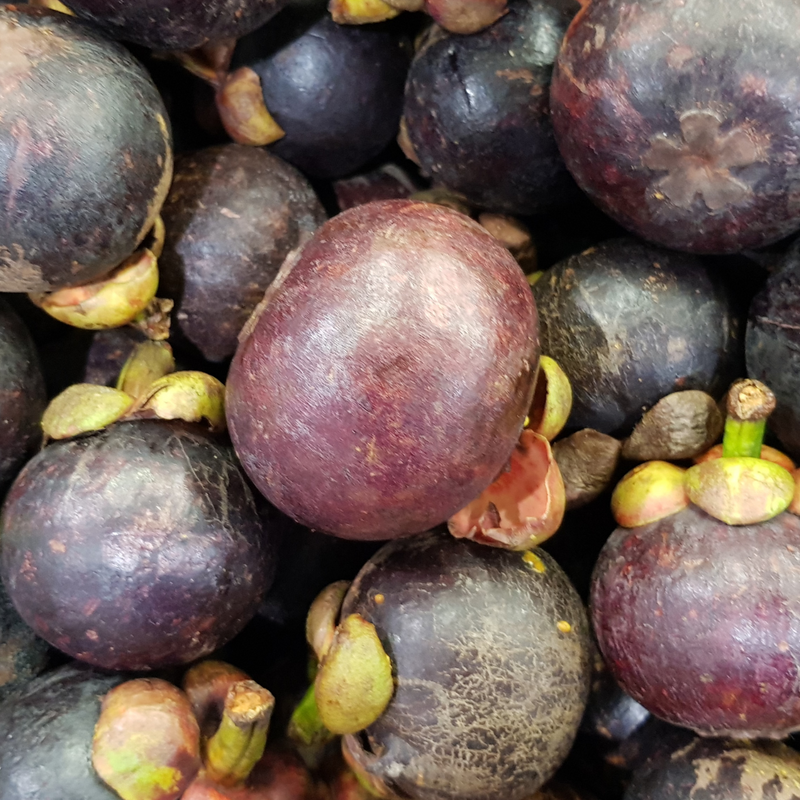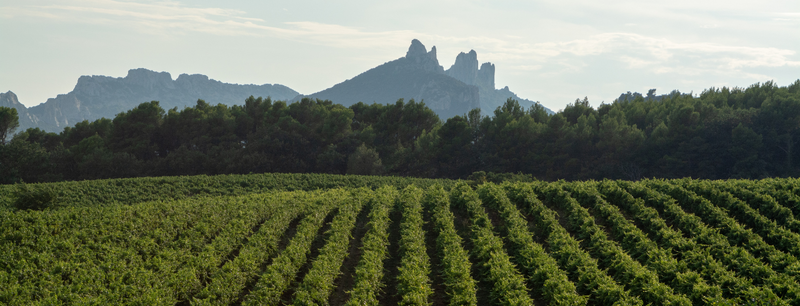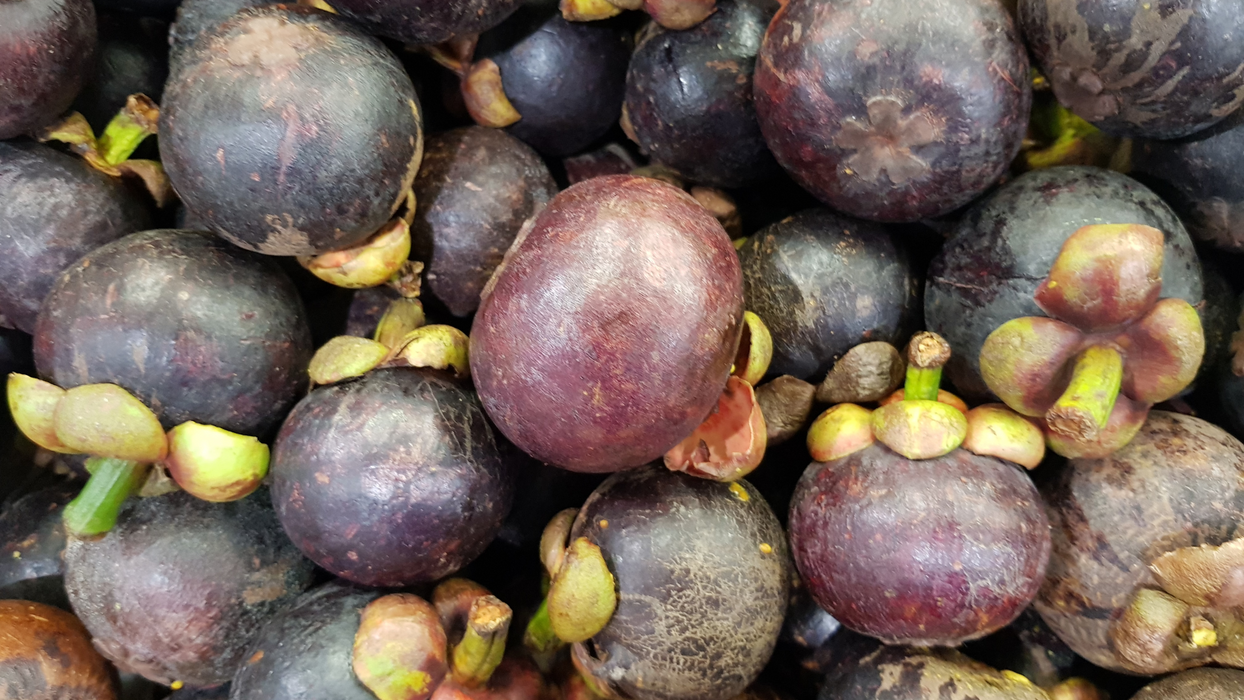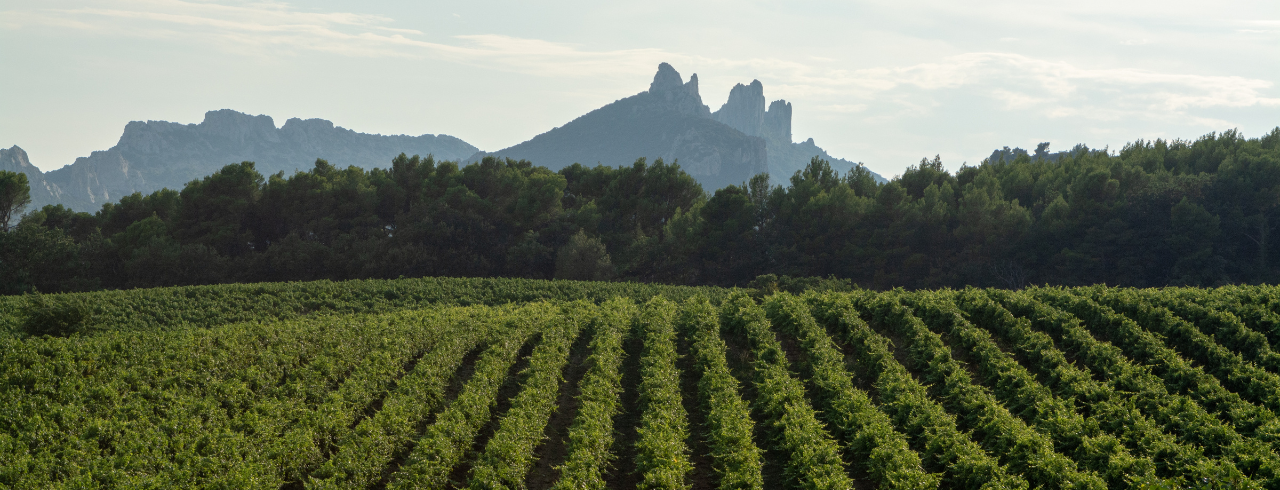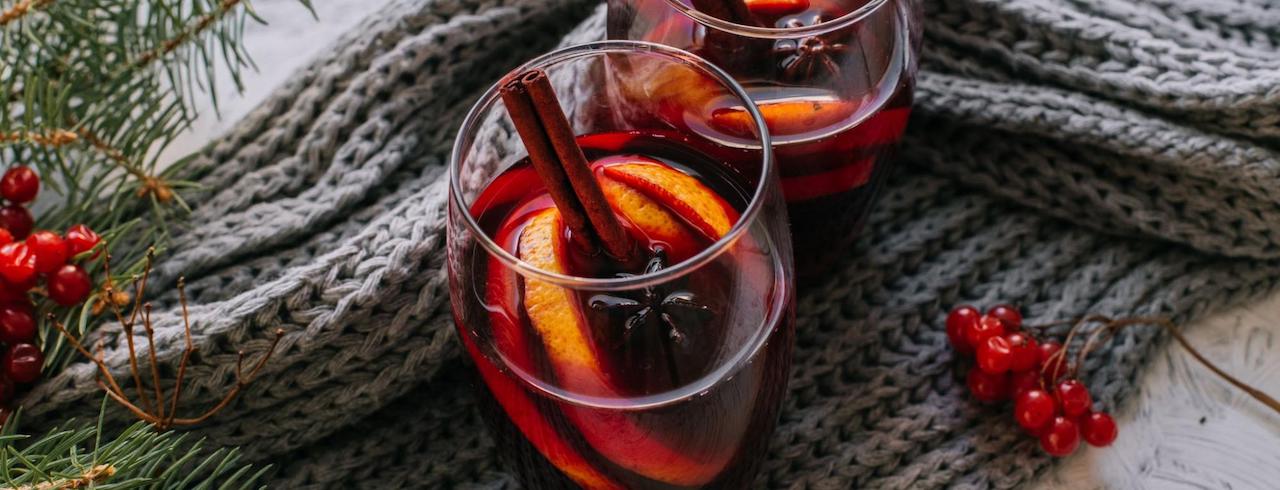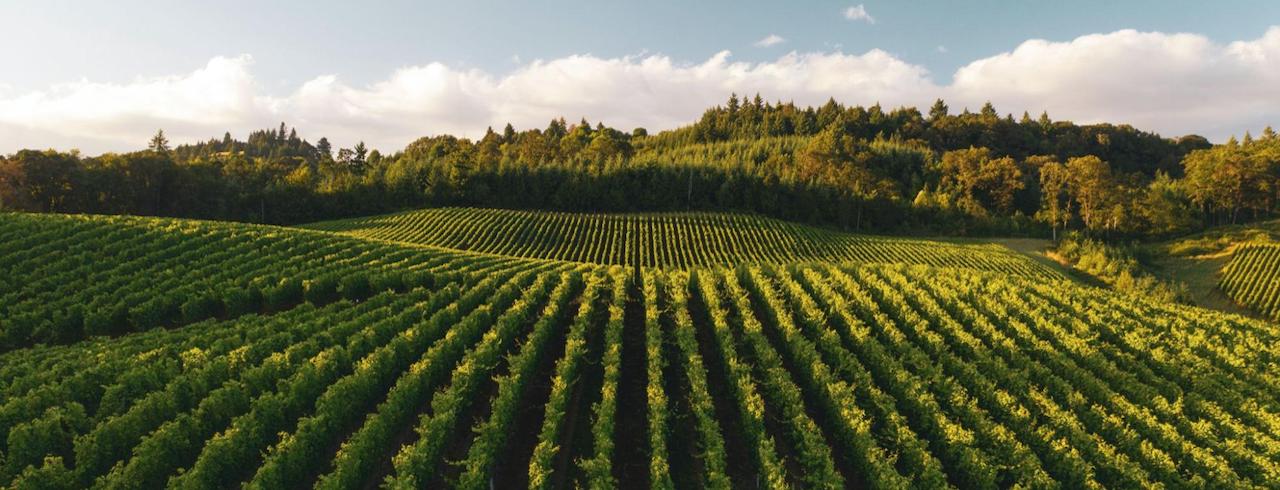
How Climate Impacts Wine
When judging the taste and value of a wine, one must consider a wide range of factors.
From the quality of its grapes to the experience of its winemaker, any number of variables can make or break your vino.
An often underrated influence, we find, is climate, one of the essential factors in determining the character and personality of your bottle.
Let’s analyze the effects of climate on winemaking and explore in-depth the differences between warm and cool-climate wines and regions:
General Role of Climate in Winemaking
The power of a region’s climate to influence its wine is undeniable. Ask any winemaker, and they will tell you it is one of the most important factors affecting their winery's personality, output, and success.
This importance lies in the ability of weather patterns to dictate both the type of grapes that can succeed in a given region and key differences in the flavors, aromas, bodies, tannins, acidity, sweetness, alcohol by volume (ABV), etc. of the wines they yield.
When a winemaker works with the higher temperatures and lessened rainfall of a warm region, it’s easier for them to produce grapes that can adapt- and thrive- in such conditions.
Conversely, cool weather changes wine in an entirely different way, forcing winemakers to focus on a unique set of grapes that need less year-round warmth to successfully contribute to vino.
Let’s take a closer look at warm and cool-climate wines to understand how optimal growing weather can contribute to their divergent personalities and regions.
Warm-Climate Wine
While there are many warm-climate wines, it is possible to generalize their most basic characteristics according to the weather conditions that influence their white and red wine grapes of origin.
Grape varieties suited to warmer regions often share several key characteristics:
- Quick to Ripen
- Soft, Sweet, and Fruity
- High Sugar Levels
- Low Acidity
- Higher Tannins
- Higher Alcohol by Volume (ABV)
- (Relatively) Fuller Bodies
Warm-climate red wines are often a deep red or purple in color and can offer ripe fruitiness, notable sweetness, and firm tannins alongside strong flavor notes like pepper, leather, chocolate, tobacco, etc.
Though less common than reds, warm-climate whites can also be quite delicious; these are often darker in color than white wines from cooler regions and offer tropical, fruity flavors that harmonize with their moderate acidity and relatively fuller bodies.
Growing Regions
Let’s take a look at two of the most famous warm-weather wine regions and learn more about their most iconic vino:
Australia
The land down under is famously balmy, and it yields the warm-weather wines to prove it.
In world-famous Aussie regions like Barossa Valley, Riverina and Cranswick, you can find a tasty array of ripe wines like Shiraz, Cabernet Sauvignon, Grenache, Chardonnay and Semillon.
Next time an exquisite, ripe vino is all that will do, take a journey to the sunny Land of Oz and grab a glass. We know you won’t regret it.
Learn more about Australian wine here!
California, United States
In the booming New World wine mecca of the United States, the sun seemingly never sets on California’s reign.
While the state produces much exquisite wine, its warmer microclimates - - such as those found in the Sonoma and Napa valleys - - produce a unique range of beloved red wines like Cabernet Sauvignon, Pinot Noir and Zinfandel alongside classic whites like Chardonnay and Sauvignon Blanc.
While Florida may officially be America’s “Sunshine State,” California’s blue skies and sunny days bless warm vineyard wine lovers worldwide.
Learn more about Californian wine here!
Cool-Climate Wine
The first important thing to understand about cool-climate grapes is that they do not grow solely in cold or even chilly conditions, despite what the name of this section may suggest.
Cool-climate grapes also grow in the warmer parts of the year; they just have to endure sharper drops in temperature upon the end of the growing season.
As a result, wines from cooler regions have a unique set of common characteristics, including:
- Less Ripeness
- Lighter, Refreshing Fruit Flavors
- Lower Sugar Levels
- Higher Acidity
- Lower Tannins
- Lower Alcohol by Volume
- (Relatively) Lighter Bodies
With that out of the way, let’s get into the personalities of these famously elegant wines:
Cool-climate red grapes produce wine that is relatively less tannic, lighter in color and less ripe - - which is not a bad thing; these wines often offer a delightful balance of tart or refreshing red fruit flavors, enjoyable minerality and a pleasant earthiness.
White grapes grown in cooler climates yield wines with high acidity and light bodies that complement light flavors of grapefruit, lemon, lime and other similar fruits alongside prominent herbaceous and floral accents.
Growing Regions
Let’s take a look at some of the vino world’s most famous cool-climate regions.
If you hope to explore delicious bottles from chillier wine havens, these fantastic growing areas are worth a peek:
Austria
Austria is an oft-underrated wine destination that famously produces some of the world’s most fantastic cool-climate wines.
Nestled in the heart of central Europe, this small country focuses primarily on white wine grape varieties that thrive in its cooler climate.
Acclaimed regions like Niederösterreich (Lower Austria), Burgenland and Steiermark (Styria) offer an enchanting mix of cool, crisp and refreshing whites like Grüner Veltliner, Zweigelt and Riesling at notably fantastic prices.
Whether you’re browsing our online selection or planning your next wine vineyard adventure, Austria is indeed a cool-climate region worth a look.
Learn more about Austrian wine here!
Chile
Chile is a South American wine-producing mecca and one of the few countries located less than 3,000 miles from Antarctica.
This cool-climate region is home to many up-and-coming New World growing areas, such as Central Valley (Valle Central), Colchagua Valley and the prodigious Maule Valley.
Among a multitude of other wines, these regions famously produce world-renowned bottles of reds like Cabernet Sauvignon, Pinot Noir and Syrah alongside whites like Chardonnay and Sauvignon Blanc.
Heavily influenced by its generally cooler temperatures and proximity to the Pacific Ocean, this Spanish-speaking destination is a wine lover’s dream.
Learn more about Chilean wine here!
Wine Insiders: Your New Home for Wine
Here at Wine Insiders, we offer a diverse, delicious range of first-class bottles from the world’s top growing regions.
From crisp, acidic whites of chilly Austria to bold, tannic reds of balmy Australia and everything in between, our ever-expanding selection meets all your vino needs.
If you can’t decide where to start your search, we recommend checking out our new arrivals, customer favorites, award winners and staff picks sections for exquisite vino approved by the greater Wine Insiders’ community.
Last but not least, keep up with our regularly updated Wine 101 guides for more easy-to-follow tips on storage, pairing, serving and more!
